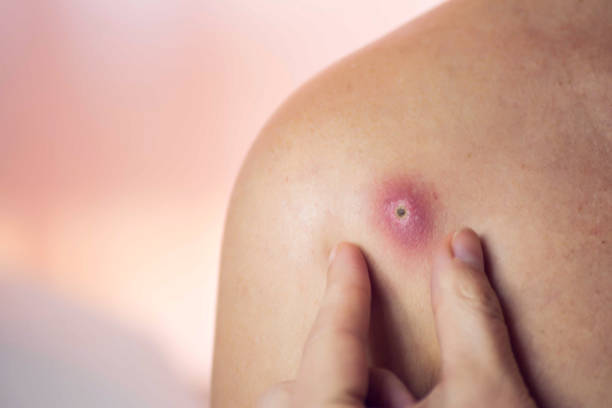An abscess is a localized collection of pus that can occur in various tissues of the body. It usually results from a bacterial infection, leading to inflammation and the accumulation of pus. Abscesses can manifest in different forms, including skin abscesses, dental abscesses, and deeper tissue abscesses. They are often characterized by symptoms such as pain, redness, swelling, and warmth in the affected area. Prompt management is essential to prevent complications and promote healing. lets delve into Incision and Drainage of Abscesses In Dubai.
Importance of Incision and Drainage
Incision and drainage (I&D) is a key surgical procedure used in the management of abscesses. It involves making an incision in the skin over the abscess to allow for the drainage of pus. This procedure is critical for relieving pain and pressure, promoting healing, and preventing the spread of infection. By facilitating the removal of infected material, I&D allows the body to heal more effectively and reduces the risk of recurrent abscess formation.
Indications for Incision and Drainage
Incision and drainage is typically indicated for abscesses that are large, painful, and not resolving with conservative management. These may include superficial skin abscesses or deeper infections requiring surgical intervention. The decision to perform I&D is often based on factors such as the size of the abscess, the presence of systemic symptoms, and the location of the abscess. In some cases, the presence of underlying health conditions may also influence the need for this procedure.
Procedure Overview
The procedure of incision and drainage is usually performed in a sterile environment to minimize the risk of further infection. It begins with the administration of local anesthesia to ensure patient comfort. The area around the abscess is cleansed, and a small incision is made at the most fluctuant point of the abscess. The pus is then carefully drained, and the cavity may be irrigated to remove any remaining debris. After drainage, the incision may be left open or packed with sterile gauze to promote continued drainage. This approach allows for ongoing monitoring and care of the wound, ensuring that it heals properly. The entire process is generally quick, and patients can often return home shortly after the procedure.

Aftercare Following Incision and Drainage
Post-procedure care is crucial for optimal recovery after incision and drainage. Patients are typically advised on how to care for the incision site to promote healing and prevent infection. This may include keeping the area clean and dry, monitoring for any signs of infection, and avoiding activities that could strain the incision site.
Regular follow-up appointments may be scheduled to assess the healing process and ensure that the abscess does not recur. Patients are encouraged to report any concerning symptoms, such as increased pain, swelling, or fever, as these may indicate complications.
Benefits of Incision and Drainage
The benefits of incision and drainage in abscess management are significant. By effectively removing infected material, the procedure alleviates pain and discomfort associated with the abscess. It also helps to prevent the spread of infection to surrounding tissues, which can lead to more severe complications. Additionally, the procedure allows for better wound healing by providing a clear path for drainage, reducing the likelihood of recurrence.
Role in Community Health
In Dubai, the role of incision and drainage in abscess management contributes significantly to community health. Access to timely surgical interventions helps to reduce the burden of infections and promotes overall health outcomes. Awareness of the importance of seeking prompt medical attention for abscesses can lead to early diagnosis and intervention, ultimately reducing the risk of complications and the need for more extensive surgical procedures.
Conclusion
In conclusion, incision and drainage plays a vital role in the effective management of abscesses in Dubai. By providing a means to relieve pain, promote healing, and prevent complications, this procedure serves as a critical component of surgical care. The importance of understanding abscesses and the need for timely intervention cannot be overstated, as it directly impacts patient outcomes and overall community health. As awareness and education around this procedure continue to grow, so too will the ability to manage abscesses effectively, ensuring healthier individuals and communities.






Comments